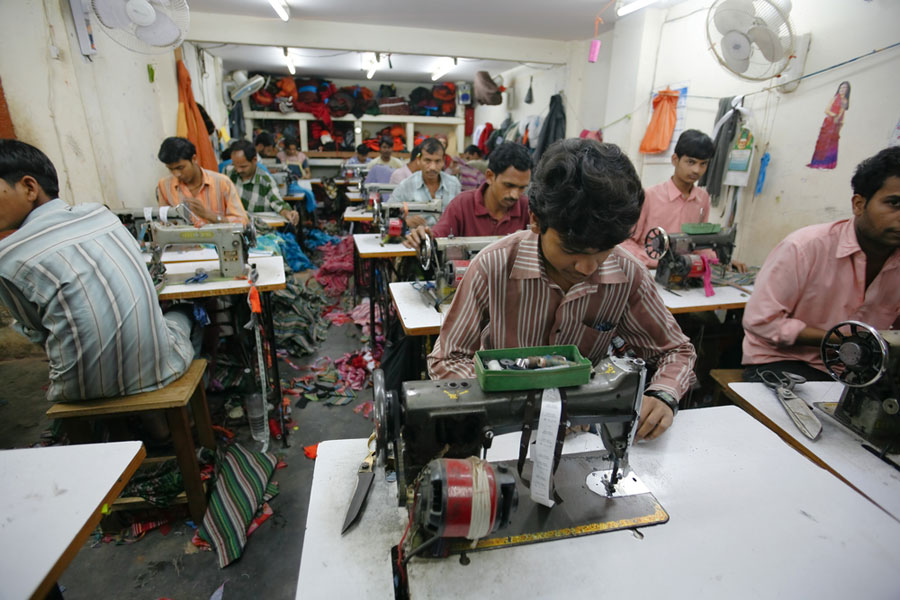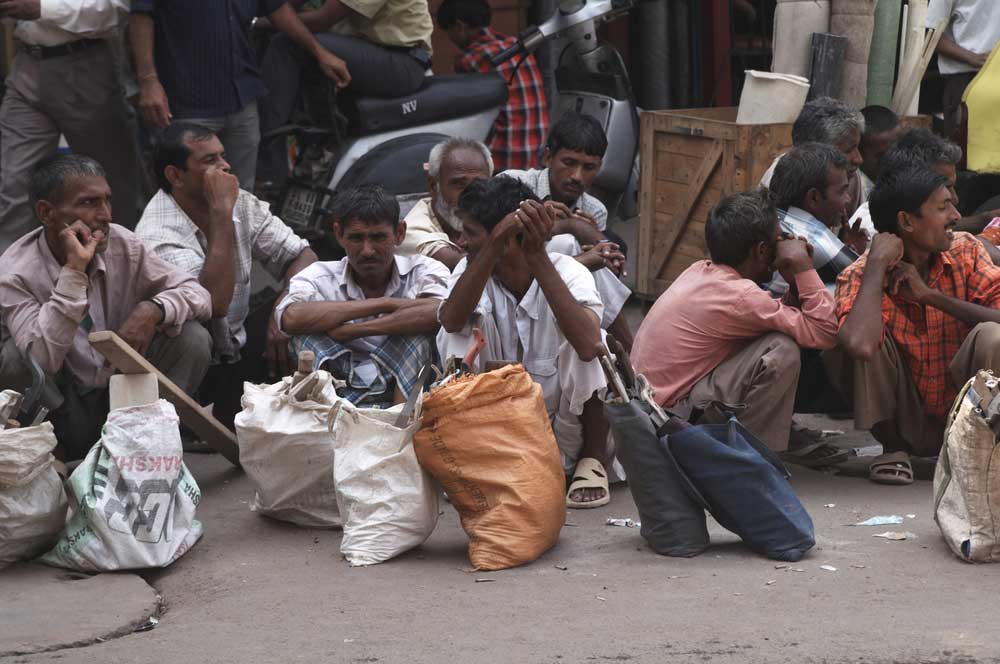Blind spots
The economist, Prabhat Patnaik, has argued that if wage demands are conceded but prices are raised as a result of such wage increases, then there would be a cost-push inflationary spiral, with money wages and prices chasing one another; this would destabilize the value of money under capitalism. If, on the other hand, these wage demands are conceded but prices not raised, then the share of profits would fall, something that would not be to the liking of capitalists.
In the recent past, Indian governments have failed to seriously consider the approaches suggested by economists — Marxist or not. Quarterly Quick Employment Surveys conducted by the labour bureau during 2016 and 2017 observed that there had been a sharp decline in major sectors like health, education, trade, transport and construction. The transport and the construction sectors witnessed unprecedented declines, from 0.17 and 0.23 lakh, respectively, to 0.01 lakh. Unemployment, whether emanating from deficient aggravate demand or other structural issues, has certain common bearings.
The Make in India campaign has failed to redesign and expand the programme of Integrated Development of Small and Medium Towns. In truth, Make in India ignored the IDSMT segment even though it was one of the strongest recommendations of the NDC Committee of Employment. Make in India has failed to incorporate the agrarian segment. This in spite of the fact that India has 60 per cent cultivable land while rural spending accounts for 55 per cent of the total national monthly expenditure. The Make in India initiative should fuse the challenges faced by both labour intensive industries and agriculture. There is an urgent need to revive these critical sectors.
Data gleaned from the NSSO report and the resignation of two members of the National Statistical Commission has triggered a debate on the job crisis during the Narendra Modi regime. A closer examination of the phenomenon with its impact on distinct sectors and programmes reveals some serious flaws in Modi’s government machinery.
Niti Aayog, in association with the IDFC Institute, a think-tank, had conducted a survey in 2017 on the ease of doing business. It found that labour regulations in India are a major constraint for labour intensive firms. Thirty-three per cent enterprises in labour intensive sectors are more likely to report that hiring contract labour is a severe obstacle while 19 per cent are more likely to report that finding skilled workers is a severe obstacle. Labour intensive industries have never been a priority for the governments led by either the Bharatiya Janata Party or the Congress. A pre-budget survey in 2009 had highlighted the need to catalyse the growth of labour-intensive industries. Labour laws and labour market regulations were also the main concerns at that time.
There happens to be a conflict between maximizing employment (or consumption) at present and maximizing employment or consumption at some future date. Amartya Sen’s time series criterion is closely associated with the Indian dilemma. Sen argues that society may enjoy higher levels of consumption or employment by choosing capital-intensive techniques and compensating the employment sacrificed in an optimum period with a social welfare approach. However, if the social welfare function is such that society prefers present output (consumption) and employment to future consumption and employment, then it may choose labour-intensive technique. Sen cites the example of cotton weaving in this context. Handlooms may have the highest output per unit of capital, but factory power looms generate a larger surplus that can be invested to provide more capital in the future.













